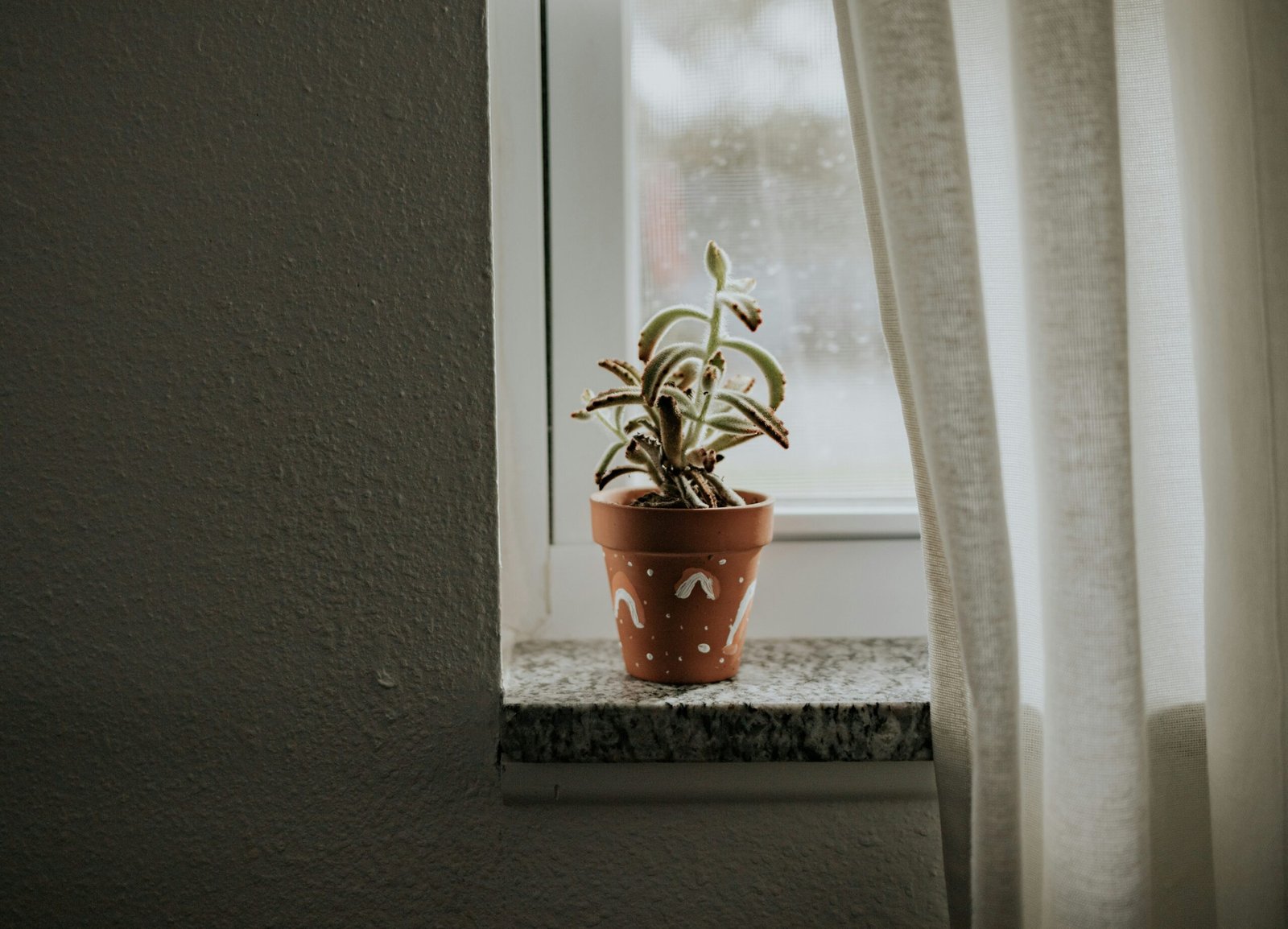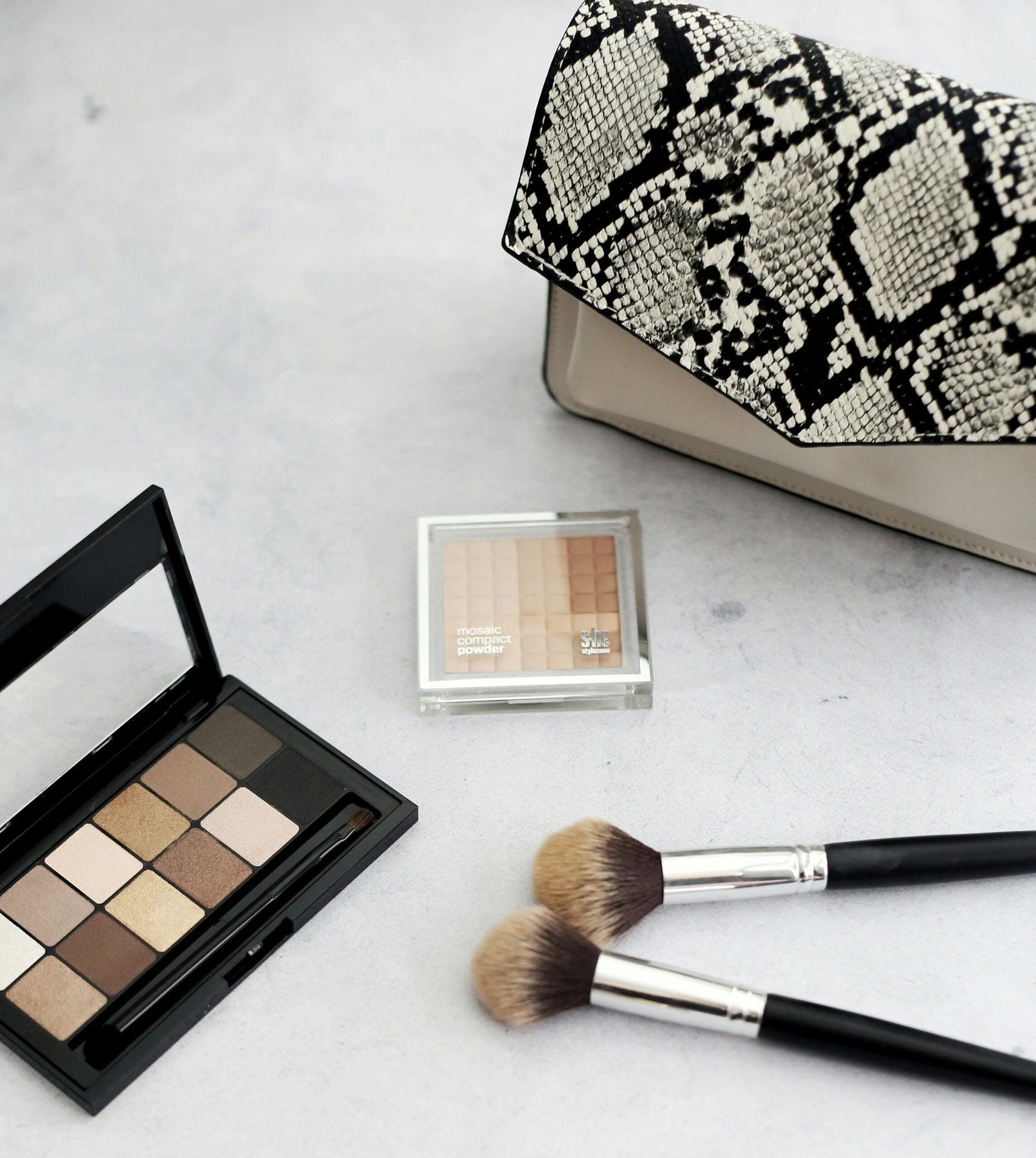Why Make Your Own Curtains?
Creating your own DIY curtains offers a multitude of benefits that extend beyond mere aesthetics. One of the primary advantages is cost-effectiveness. In today’s market, ready-made curtains can carry hefty price tags, especially when opting for high-quality fabrics or unique designs. By choosing to sew your own curtains, you can significantly reduce expenses by purchasing materials in bulk or selecting budget-friendly fabrics. Additionally, many DIY curtain projects can be completed using leftover materials, further enhancing their economic viability.
Another compelling reason to embark on a DIY curtain project is the endless customization options available. Store-bought curtains often come in standard sizes and limited colors, which may not align with your unique home decor. By creating your own curtains, you have the freedom to select the fabric, pattern, and size that perfectly complements your interior design. This ability to customize not only enhances the visual appeal of your space but also allows you to create a cohesive look that reflects your personal style.
Furthermore, the satisfaction derived from crafting something by hand cannot be understated. The process of creating DIY curtains can be both fulfilling and rewarding. It offers a creative outlet that encourages self-expression while also allowing you to engage with your living space more intimately. Each curtain created tells a story of creativity and hard work, often leading to increased pride in your home environment. By investing time and effort into this project, you contribute to a unique atmosphere that is truly reflective of your taste and lifestyle.
The experience of making DIY curtains not only impacts the physical appearance of a room but also leaves an indelible mark on your personal satisfaction and sense of accomplishment.
Essential Materials and Tools Needed
Creating your own DIY curtains can be a rewarding project that adds a personal touch to your space. To embark on this journey, it is vital to gather the right materials and tools. The primary component of any curtain is, of course, the fabric. Common choices for curtain fabric include cotton, linen, and polyester, each offering unique qualities. Cotton is breathable and easy to work with, while linen provides a luxurious drape. Polyester is durable and often comes in a wide range of patterns and colors, making it suitable for various designs.
In addition to fabric, you will need sewing thread that matches your chosen material. Opt for a strong polyester thread to ensure durability, especially if the curtains will be frequently opened and closed. The next essential item is curtain rods. These come in various styles, such as tension rods and decorative rods, and should complement the overall aesthetic of your room. Ensure the chosen rod is suited for the weight of your fabric.
When it comes to tools, you will need a sewing machine for ease and efficiency, although hand sewing is an option for simpler projects. A pair of sharp scissors is crucial for cutting fabric precisely, and a measuring tape will help you achieve accurate dimensions. Additionally, sewing pins will secure layers of fabric as you work, ensuring clean seams. Optional tools include fabric glue for no-sew curtain designs and an iron for pressing seams flat.
All these materials can typically be sourced from fabric and craft stores, where you will find a plethora of choices. Ensure you select the right items to match the style you envision for your DIY curtains, as this will significantly impact the final look and feel of your creations.
Step-by-Step Guide to Sewing Your Own Curtains
Sewing your own curtains can be an enjoyable and fulfilling DIY project. To embark on this journey, the first step is to measure your windows accurately. Use a tape measure to determine both the width and height of the window. It’s important to account for any desired overhang, as it can enhance the aesthetic appeal of your curtains. Once you have your measurements, you can select a suitable fabric. Opt for materials that complement your home’s decor and are appropriate for the functionality you require, such as light-filtering or blackout fabric.
Next, cutting the fabric is crucial for achieving a clean, professional look. Lay the fabric flat on a large surface and mark your desired dimensions, adding about an inch for hems and seams. Use sharp fabric scissors to cut the fabric cleanly. Now, it’s time to prepare the hems. Fold the edges of the fabric inward by about half an inch and press with an iron to create crisp folds. This will help you sew more easily in the next step.
With the hems prepared, you can begin sewing. Using a sewing machine, stitch along the folded edge of the hem to secure it in place. Make sure to keep the fabric taut while sewing to avoid puckering. When you reach the corners, angle your stitch to create a sharp turn. After hemming all edges, decide how you want to hang your curtains. You may choose to add curtain rings for a classic look or create a rod pocket for a more streamlined appearance. If opting for a rod pocket, simply fold over the top of the curtain and sew a seam wide enough to accommodate your curtain rod.
Finally, add any finishing touches such as embellishments or weights at the bottom of the curtains to keep them hanging straight. Be sure to give your DIY curtains a final iron to eliminate any wrinkles. By following these steps, you will not only create functional window treatments but also enhance your home’s ambiance with your personal touch.
Creative Ideas for Curtain Styles and Fabrics
When embarking on your DIY curtain project, the selection of styles and fabrics plays a crucial role in the end result. Whether you opt for a classic look or a modern twist, various options are available to suit your taste and home decor. One popular style you may consider is the pinch pleat curtain, which offers a tailored and sophisticated appearance. This style involves folding the fabric in a series of pinch pleats at the top, allowing for a structured drape that enhances the aesthetics of any room.
Another trendy option is grommet curtains, which are characterized by metal rings that are inserted into the fabric. This design allows for a sleek and contemporary look while providing easy installation on a curtain rod. Grommet curtains are well-suited for casual settings and can add a touch of elegance with the right fabric choice. For a light and airy feel, sheer curtains are a fantastic option. They allow natural light to filter into the room while maintaining a degree of privacy. Sheer fabrics come in various colors and patterns, making them a versatile choice for any DIY project.
When it comes to fabric selection, consider experimenting with different patterns, prints, and textures. Floral prints can bring a pop of color and vibrancy to your space, while geometric patterns may lend a modern touch. Textured fabrics like linen or velvet can add depth and warmth to your designs. Additionally, incorporating trendy colors—such as muted pastels or bold jewel tones—can elevate your curtains and reflect your personal style. Seasonal themes can also inspire your fabric choices; for example, bright, bold colors during summer can be exchanged for warmer, earthier tones in the fall.
By exploring these styles and fabric options, you can take your DIY curtains to the next level, resulting in beautiful, personalized drapery that enhances your living space.



